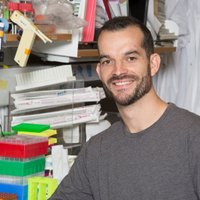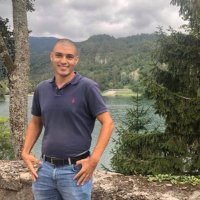
Nicholas Perry
@ntperry13
PhD Candidate, Hsu Lab
UCB-UCSF Bioengineering
Arc Institute
Genome design and bridge recombinases
ID: 1034271064417857536
28-08-2018 02:46:52
57 Tweet
372 Followers
287 Following


Congrats to Matt Durrant Nicholas Perry Patrick Hsu hnisimasu and colleagues on their bridge recombinase works! Excited to see how this technology progresses. 🧬 Ben Kleinstiver and I highlight their two papers in nature Nature News & Views: nature.com/articles/d4158…


On the topic of RNA-guided biology emerging from transposons, you won't want to miss this one! In published work led by the talented Tanner Wiegand, we uncovered the presence of pervasive, RNA-guided transcription factors in diverse biological contexts. nature.com/articles/s4158…

A recent & exciting scientific discovery is Bridge RNA - a new class of guide RNAs that could recombine, insert, delete, or invert any 2 pieces of DNA. Discovered by Patrick Hsu, Matt Durrant & Nicholas Perry - here is a great video by Arc Institute which explains this new modality.


Congratulations Alison! Looking forward to seeing what people do with your engineered integrases in stem cells and T cells. Check out Alison Fanton exciting thesis work here: biorxiv.org/content/10.110… nature.com/articles/s4158…




The Case for Bridge Editors Many people seem confused about the gene-editing tool released by Arc Institute. How does it work and why does it matter? Fair questions. The preprint is not easy to understand, and the reasons for inventing a new gene-editing tool are not obvious...



